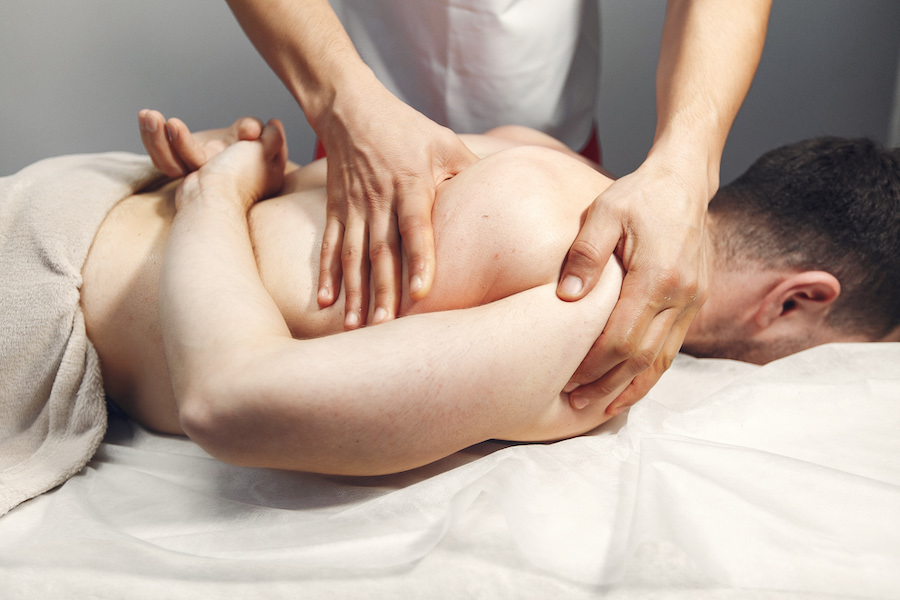What Is The Recovery Time For Elbow Surgery?
You’ve been dealing with elbow pain for a while now, and it’s really starting to affect your day-to-day life. The doctor said it’s time to consider surgery. That certainly sounds serious and intimidating. Now you’re wondering – how long does it actually take to recover from a procedure like that? Get ready to breathe a sigh of relief. The road to recovery is not as long and daunting as you might think. In fact, most people are back to their normal routines in no time. This article will walk you through what to expect after elbow surgery, from the initial recovery period to full recovery, drawing insights from an experienced elbow surgeon in Dallas. You’ll learn some tips to speed up your healing and realistic timelines so you can plan accordingly. With the right information, you can approach your surgery with confidence knowing it’s the first step toward getting your active life back.
Understanding Elbow Surgery Recovery Timelines
The road to recovery after elbow surgery varies depending on the procedure, but you can expect the process to take several months. The good news is, with time and patience, you can get back to your usual activities.
In the initial weeks after surgery, your elbow will be immobilized in a sling or brace to allow swelling and pain to decrease while holding the joint in the proper position as it begins to heal. This typically lasts around 2 to 6 weeks. During this time, you’ll attend physical therapy to maintain range of motion and strength.
Once immobilization is removed, rehabilitation intensifies. With the guidance of your doctor and physical therapist, you’ll start gentle elbow exercises and stretches to improve flexibility and mobility. This usually begins around 6 to 12 weeks post-op. Gradually, you’ll regain strength and range of motion through targeted exercises using resistance bands and light weights.
The total recovery timeline can last 6 months to over a year. While pain and swelling may resolve within the first 3 months, it can take 6-12 months to build back strength and motion. The good news is, if you stick with your physical therapy plan, you can expect to return to normal daily activities around 3 to 6 months after surgery. However, returning to intense exercise or heavy lifting may take a year or longer.
Every patient’s recovery is different, so focus on how your elbow feels and follow your doctor’s recommendations. If you take it slow, stay dedicated to physical therapy, and allow adequate time for your elbow to heal, you’ll get back to the activities you enjoy. But remember, it’s a marathon, not a sprint, so be patient through the process.
Factors That Impact Your Elbow Surgery Recovery
The road to recovery after elbow surgery varies from person to person depending on several factors.
Your age and overall health
If you’re younger and in good shape, you’ll likely heal faster. Older patients or those with chronic conditions may need extra time.
The type of procedure
Minor arthroscopic surgery has a shorter recovery than total elbow replacement. Reconstructive surgery, like Tommy John surgery, can take 6-12 months of rehab and physical therapy.
Following the doctor’s orders
Doing prescribed exercises, limiting movement, icing the area, and attending physical therapy appointments are all musts. You can quickly return to your regular activities by carefully adhering to your elbow surgeon in Dallas’s instructions.
Your pain tolerance and range of motion
Some stiffness and soreness are normal, but if pain is severe or your range of motion does not improve with time, let your doctor know right away.
The most important things are to be patient through what can be a long process, ask questions if you have them, and not rush your recovery. While it may be frustrating, pushing yourself too hard too soon could do more harm than good. With the care and commitment, you’ll get your elbow working like new again. Stay positive – the end goal of regaining strength and mobility will be worth it!
Tips for a Smooth Recovery After Elbow Surgery
The road to recovery after elbow surgery can vary in length depending on the procedure. In general, you should expect the recovery process to take several months. Here are some tips to help ensure a smooth recovery:
Follow your doctor’s recommendations carefully. Complete all physical therapy and rehabilitation exercises as prescribed. This will help strengthen your elbow and prevent stiffness.
Apply ice to your elbow for 15-20 minutes at a time, a few times per day to reduce swelling. Do this for the first few days after surgery.
Keep your arm elevated above the level of your heart when possible. This also helps minimize swelling.
Wear a sling as directed and avoid any strenuous activity or exercise for the first few weeks.
Take it easy and avoid repetitive or forceful movements.
Take all medications as prescribed to manage pain. Don’t wait until your pain becomes severe before taking the medication. Staying on top of pain will aid the healing process.
Attend follow-up appointments with your doctor. They will check on your progress, range of motion, and healing. Get any stitches or staples removed according to their timeline.
Be patient through the recovery process. It can take 4 to 6 months to regain full range of motion and strength in your elbow after surgery. Don’t rush things, or you risk re-injury.
With time and proper rest and rehabilitation, you can get back to normal activities. But be sure to check with your doctor before resuming any exercise or strenuous activity. Stick with the recovery plan, stay dedicated to physical therapy, and your elbow will heal well.
Conclusion
So there you have it. While elbow surgery recovery takes time and isn’t always a walk in the park, you can get through it. With commitment to your rehab and some modifications to your regular routines, you’ll be back to your old self in no time. Just remember to be patient with your healing, communicate with your elbow surgeon in Dallas, and don’t push yourself too hard too fast. With the right attitude and care, you’ll bounce back from that elbow surgery before you know it. The road you’re on leads to success. Keep putting one foot in front of the other and take it one day at a time.
Choose wellness with Align Health. With us, you get more than a massage. You join a family that cares about your health. We listen, support, and help you feel your best. Ready for a better you? Book your massage therapy grapevine, Colleyville, or Southlake today. Let’s make wellness a part of your journey.










